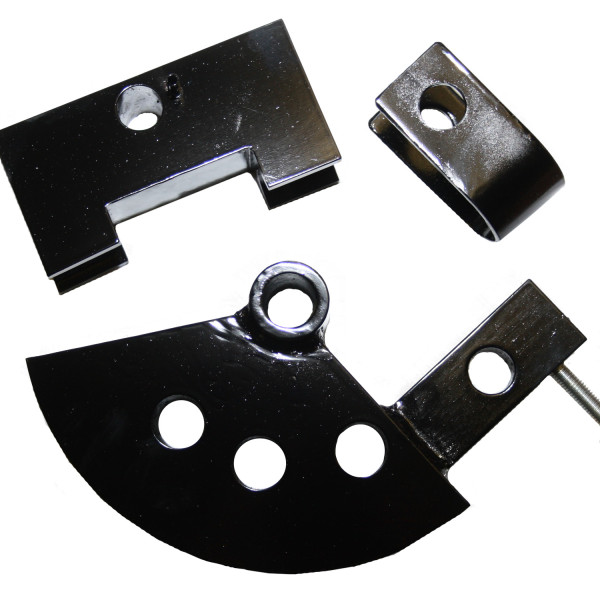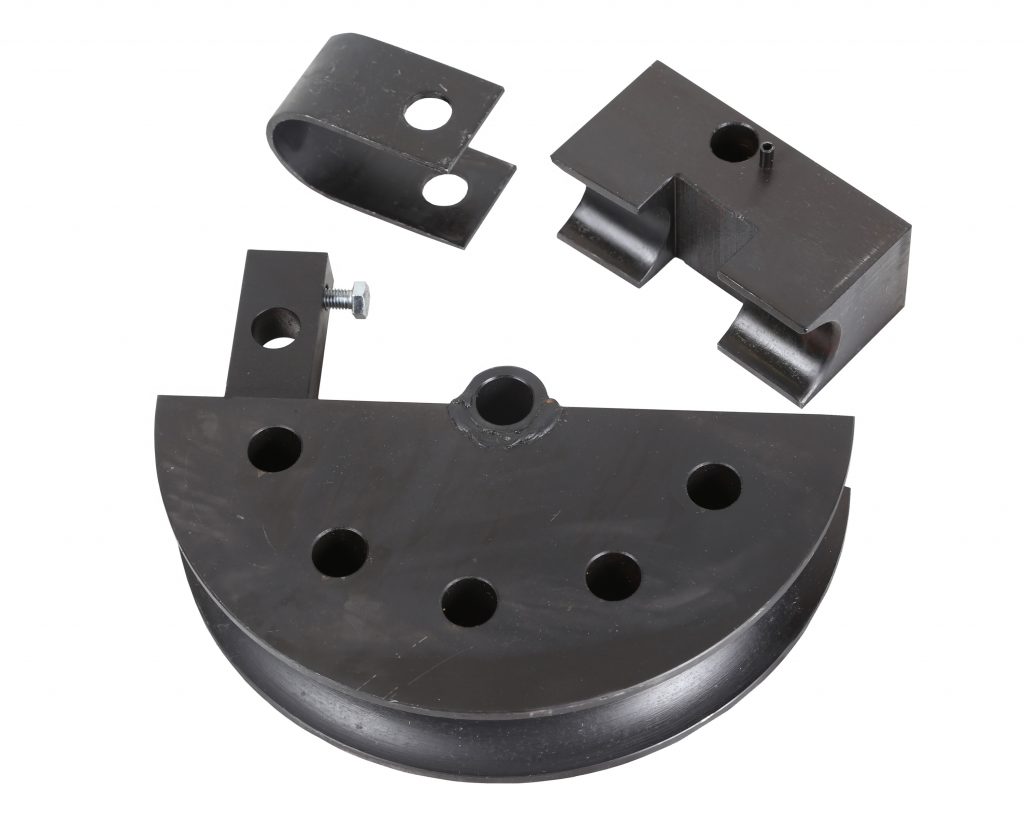Tube and pipe bending is one of the most common metal fabrication techniques. It is used to manufacture refrigerator coils, cooling tower tubing, etc. However, to manufacture these types of pipe and tube products, the right choice of pipe and tube bending equipment and accessories is important. Pipe and tube bender dies are one of the important requirements of such pipe and tube bending projects. What are pipe tube bender dies? How do they add value to your pipe and tube bending project? This post discusses these components and offers a few tips for choosing tubing dies for precise and accurate operations.

What are Pipe Tube Bender Dies?
The pipe tube bender dies are a part of the tube/pipe bending setup. The dies are the part around which the metal tube or pipe is bent. Therefore, the bend radius of the tube or pipe bend is decided by the outer radius of the bender die. The dies are applied on the bending press and external force is applied to bend the pipe or tube around the die’s circumference.
There are various types of tube bending dies such as round tubing dies 120-degree, 180-degree pipe die sets, square tube dies 120-degree, 180-degree od tube die sets and many more. Based on the application requirements the tubing dies should be chosen.
The next section introduces you to different factors that you need to consider while choosing these dies.

Guidelines for Choosing Tubing Dies
Here are the factors one should consider when choosing bending dies.
- Centerline Radius (CLR): The tube or pipe bending dies are constructed in arc form. These are either complete circles or arcs of specific radii. To ensure precise bending the centerline radius should be known. It also helps in locating the center of the die during die mounting.
- Achieved CLR: The tube or pipe material stretches or springs during the bending. Therefore, the centerline radius that one could achieve during the bending operation should be considered.
- Calibrated CLR: Calibrated centerline radius is the one used to calibrate the tube bending setup. The achieved centerline radius is expected to be as close as possible to the calibrated centerline radius.
- Inner Radius: Inner radius of the dies is an important consideration, as the die design demands inserting the tube inside the die.
- Outer Radius: If the tubes are mounted over the dies, then the tube settles on the outer diameter of the die.
- Wall Thickness: The wall thickness impacts the bending process in multiple aspects. Required bending force, wall pressure applied on the pipe or tube, etc are impacted by the wall thickness of these dies.
- Degree of Bend: The degree of bend is the degree to which the tube is bent over the dies. The bending angles can be up to 360 degrees based on the application requirements.
- Spring-back factor: During the bending acting, the pipe or tube metal offers resistance which results in spring back of the bent surface. To prevent it, the spring back factor is added to the force. That is why the spring-back factor for which the dies are designed should be considered.
Application of Pipe and Tube Bender Dies
The pipe and tube bending dies are generally employed during the manufacturing of the following components.
- Tubing and coils for HVAC Systems
- Petrochemical transfer tubing
- Metal bent playground equipment
- Cooling tower tubing
- Metal bent fitness equipment
Now that the selection parameters of bending dies are discussed, it is recommended to acknowledge the need for quality. That is why buying tube or pipe bending dies from reliable manufacturers or suppliers like Woodward Fab can be beneficial. The company offers high-quality tube and pipe bending equipment, pipe and tube bender dies, as well as various metal fabrication equipment.
